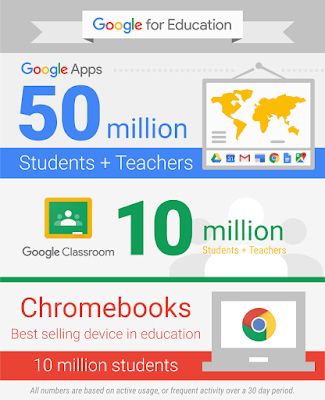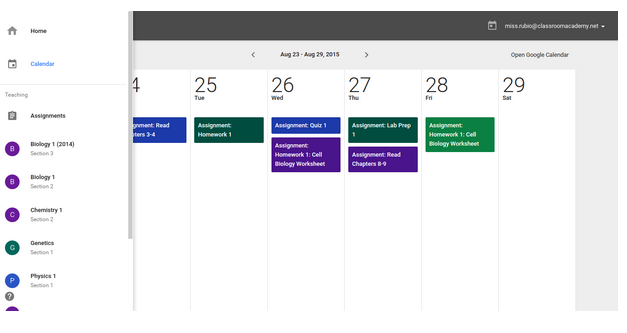(Cross-posted on the Google Chrome Blog.)
Over the last few days, there’s been some confusion about the future of Chrome OS and Chromebooks based on speculation that Chrome OS will be folded into Android. While we’ve been working on ways to bring together the best of both operating systems, there's no plan to phase out Chrome OS.
With the launch of Chrome OS six years ago, we set out to make computers better—faster, simpler and more secure—for everyone. We’ve since seen that vision come to life in classrooms, offices and homes around the world. In fact, every school day, 30,000 new Chromebooks are activated in U.S. classrooms—that’s more than all other education devices combined. And more than 2 million teachers and students in more than 150 countries have the Share to Classroom Chrome extension, which launched in September and gets students onto the same webpage, instantly. Meanwhile, companies such as Netflix, Sanmina, Starbucks and of course Google, are using Chromebooks given the ease of deployment, the ability to easily integrate with existing technologies, and a security model that protects users at all levels, from hardware to user data. (Chromebooks are so secure you don’t need antivirus software!) IT administrators can manage tens of thousands of Chromebooks through a single web console, making them ideal for both classrooms and the workplace.
For everyday use, we’re proud that Chromebooks are continually listed as a best-selling laptop computer on Amazon.com. In an effort to make computing even more accessible, earlier this year we introduced the first $149 Chromebook—a fast, affordable laptop. And in the next couple weeks the Asus Chromebit will be available—an $85 device that turns any display into a computer so you can replace your old desktop with an affordable computer the size of a candy bar, or let businesses transform a billboard into a smart digital sign.
This year we've also worked to redefine the different forms Chrome OS can take, introduced the first designated Chromebook for Work, and brought more of your favorite Android apps to your Chromebook via Apps Runtime on Chrome (a.k.a. ARC). But there’s more to do. We have plans to release even more features for Chrome OS, such as a new media player, a visual refresh based on Material Design, improved performance, and of course, a continued focus on security. With our regular six-week software cycle and guaranteed auto-updates for five years, Chromebooks keep getting better over time. Finally, stay on the lookout for dozens of new Chromebooks in 2016.








